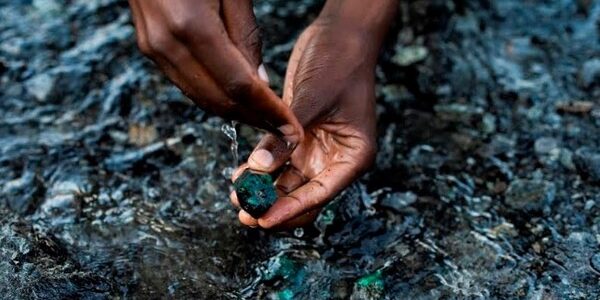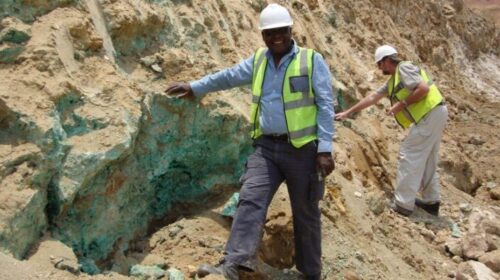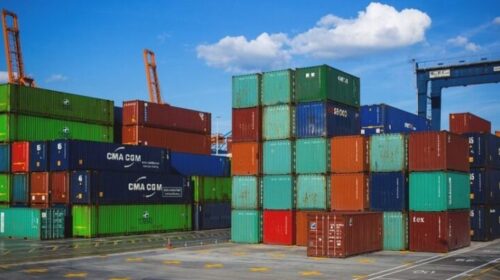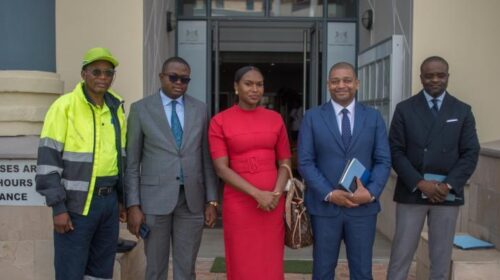Southern African Governments Urged to Prioritize Infrastructure for Lucrative Minerals
The vast mineral reserves in Africa, constituting 30% of the world’s total, are a treasure trove of resources essential for powering the green revolution.
Cobalt, copper, manganese, and lithium, among others, hold tremendous potential for driving economic growth and sustainable development in the region.
However, to fully capitalize on these lucrative minerals and avoid the resource curse, governments in southern Africa must prioritize significant infrastructure investments, especially in transportation and processing facilities, integral components of the mining value chain.
Enhancing South African Exports through Infrastructure Investments
Despite its mineral wealth, South Africa’s mining industry faces substantial hurdles due to infrastructural limitations. Transnet, the state-owned rail and port operator, grapples with inefficiencies in managing coal and bulk exports, exacerbated by issues such as theft, illegal mining, and labor strikes.
These challenges have even led significant industry players like Kumba Iron Ore to revise their output forecasts downward due to a shortage of freight trains to transport their iron ore production to ports.
In response to these issues, the South African government is taking proactive measures to revamp the country’s railway system and tackle these infrastructural obstacles.
The implementation of the National Rail Policy aims to modernize and restructure the rail industry, promoting third-party access to the network.
Additionally, the government is developing a Transnet Roadmap and aims to appoint a new Infrastructure Manager for the rail network by October 2023. Efforts are also underway to address the locomotive scarcity issue with Chinese manufacturing giant CRRC.
The Lobito Corridor: A Catalyst for Mineral Development
The Lobito Corridor stands as a transformative initiative aimed at overcoming logistical and infrastructural challenges in the southern African mining sector.
This ambitious project involves the establishment of a railway connecting the Democratic Republic of Congo and Zambia’s copperbelt to international markets through Angola’s seaport of Lobito. Its potential to boost the economies of all three countries is immense.
Championed by the Lobito Atlantic Railway consortium, comprising multinational commodities firm Trafigura, global construction firm Mota-Engil, and independent rail operator Vecturis SA, the Lobito Corridor promises enhanced export efficiency and reduced transit time from extraction to port.
By streamlining the transportation process, this corridor is set to catalyze both mineral and economic growth, offering a promising future for the region.
Policy-Driven Value Addition
Countries like Namibia and Zimbabwe have taken strategic approaches to address their mining infrastructure challenges. Zimbabwe, being the largest holder of hard rock lithium deposits vital for clean energy technology, imposed a prohibition on illicit artisanal mining and unprocessed mineral exports in December 2022.
Following suit, Namibia expanded its ban to include rare earth minerals like dysprosium and terbium, essential for electric vehicle batteries and wind turbines, in June 2022.
By implementing these bans, Zimbabwe and Namibia are positioning themselves to attract private sector investments in developing in-country processing facilities.
The early signs of success are already evident, with two lithium processing plants beginning production in Zimbabwe. Sinomine Resource Group, a Chinese mining conglomerate, completed the construction of a dual lithium processing plant at the Bikita mine. Similarly, Prospect Lithium Zimbabwe commissioned its $300 million lithium processing plant at the Arcadia open-pit lithium mine.
In conclusion, robust infrastructure investments are the key to unlock the wealth of southern Africa’s mineral reserves and facilitate sustainable growth.
By prioritizing transportation and processing facilities, governments can ensure efficient mineral exports, bolster economic prosperity, and foster the green revolution.
The region’s potential is vast, and with careful planning and execution, southern Africa can become a global leader in the mining and clean energy sectors.
45 total views , 1 views today





